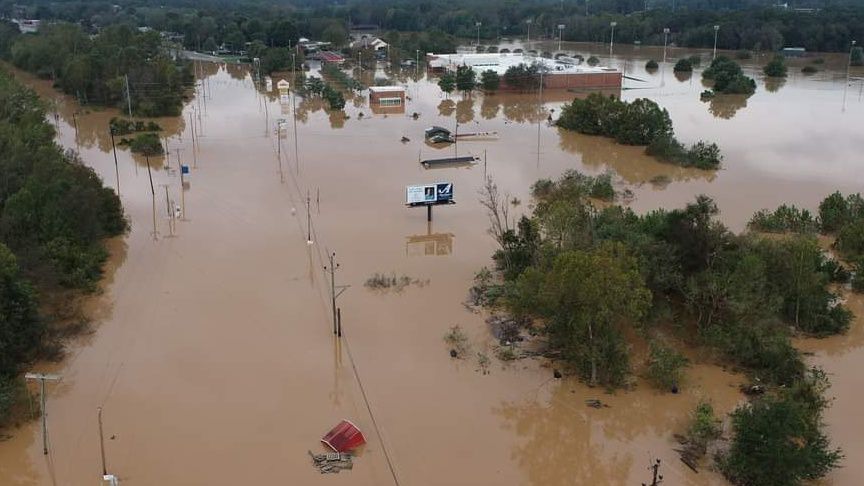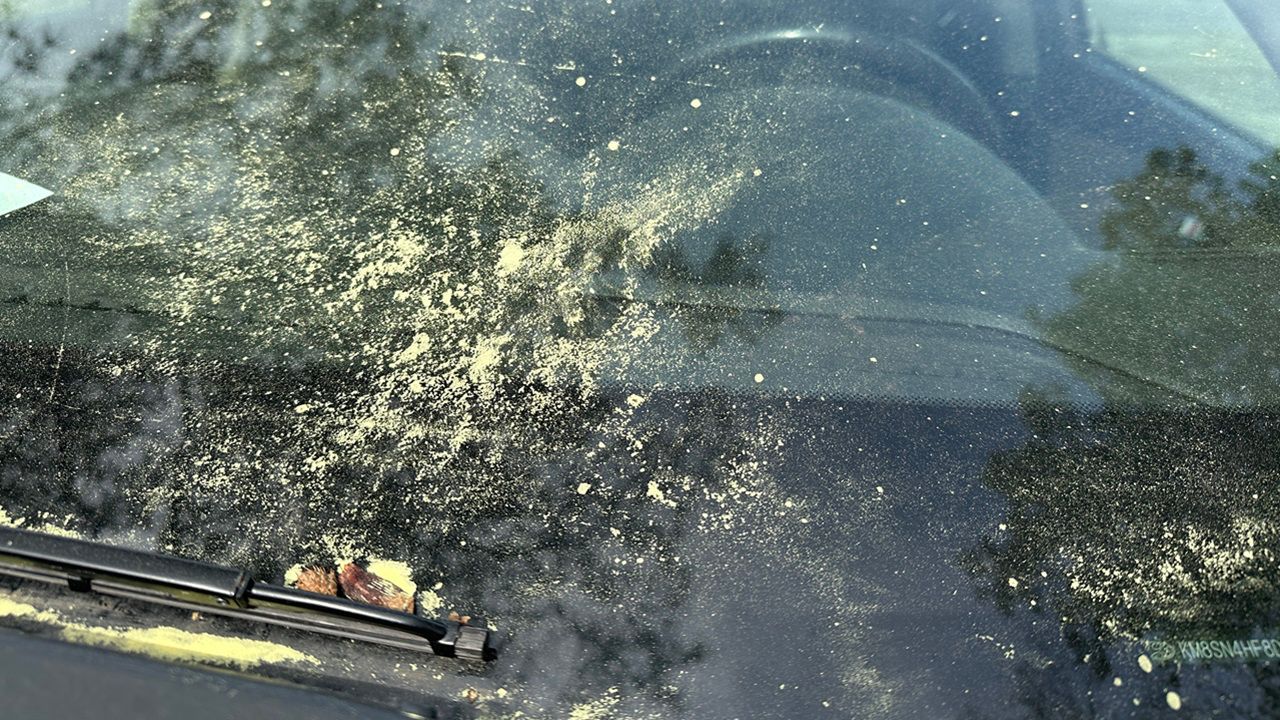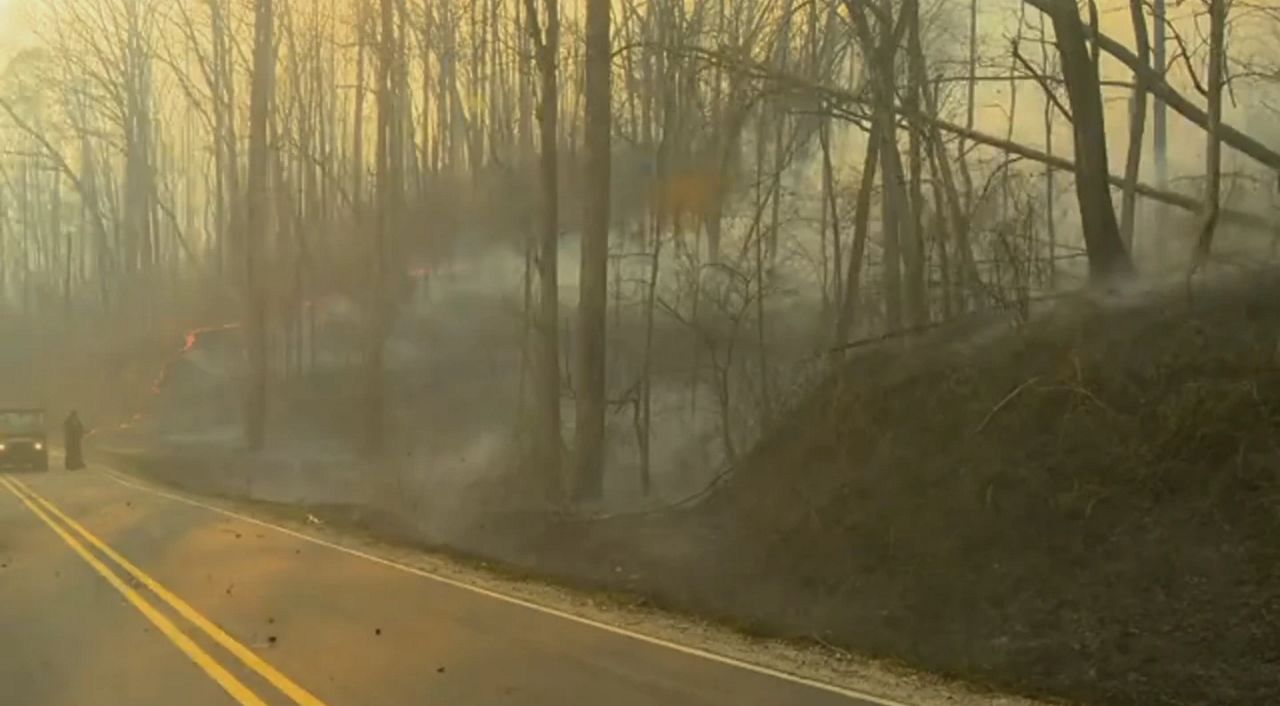Gov. Roy Cooper on Sunday afternoon confirmed 11 deaths in North Carolina related to Helene so far after record-breaking floods devastated the region. By Sunday morning, there were 300 road incidents, with 50 of those being on main thoroughfares, according to the state Department of Transportation, and leaders urged people not to travel in the mountains for safety's sake and to stay out of the way of supply trucks.
"This is an unprecedented disaster," Cooper said at a news conference Sunday. A public health emergency was declared for the state Sunday to help move in more needed medical resources. A major federal disaster declaration request was also granted by President Joe Biden, which helps FEMA speed up the process of getting supplies inside the devastated areas, according to Cooper.
Rutherford County emergency authorities said more than 100 people were rescued from the Lake Lure and Chimney Rock area and taken to a high school in Rutherfordton that is serving as a shelter.
Officials on Sunday said a dam at Lake Lure was stable. They had issued an evacuation order Friday because of fears it would fail was water levels rose.
Roads in western North Carolina still should be considered closed, transportation officials said Sunday.
“This is catastrophic devastation for western North Carolina,” the governor told Spectrum News 1 Saturday night, and said that saving lives was the state’s top priority. He said efforts to rescue people and get supplies are ongoing.
There were scenes of devastation from around Asheville and many other towns in the region. Hundreds of roads are blocked by downed trees or mudslides or are washed out.
"Stay home, stay safe and check on your neighbor. We’re Buncombe strong and we will get through this," said Taylor Jones with Buncombe County EMS said on Saturday.
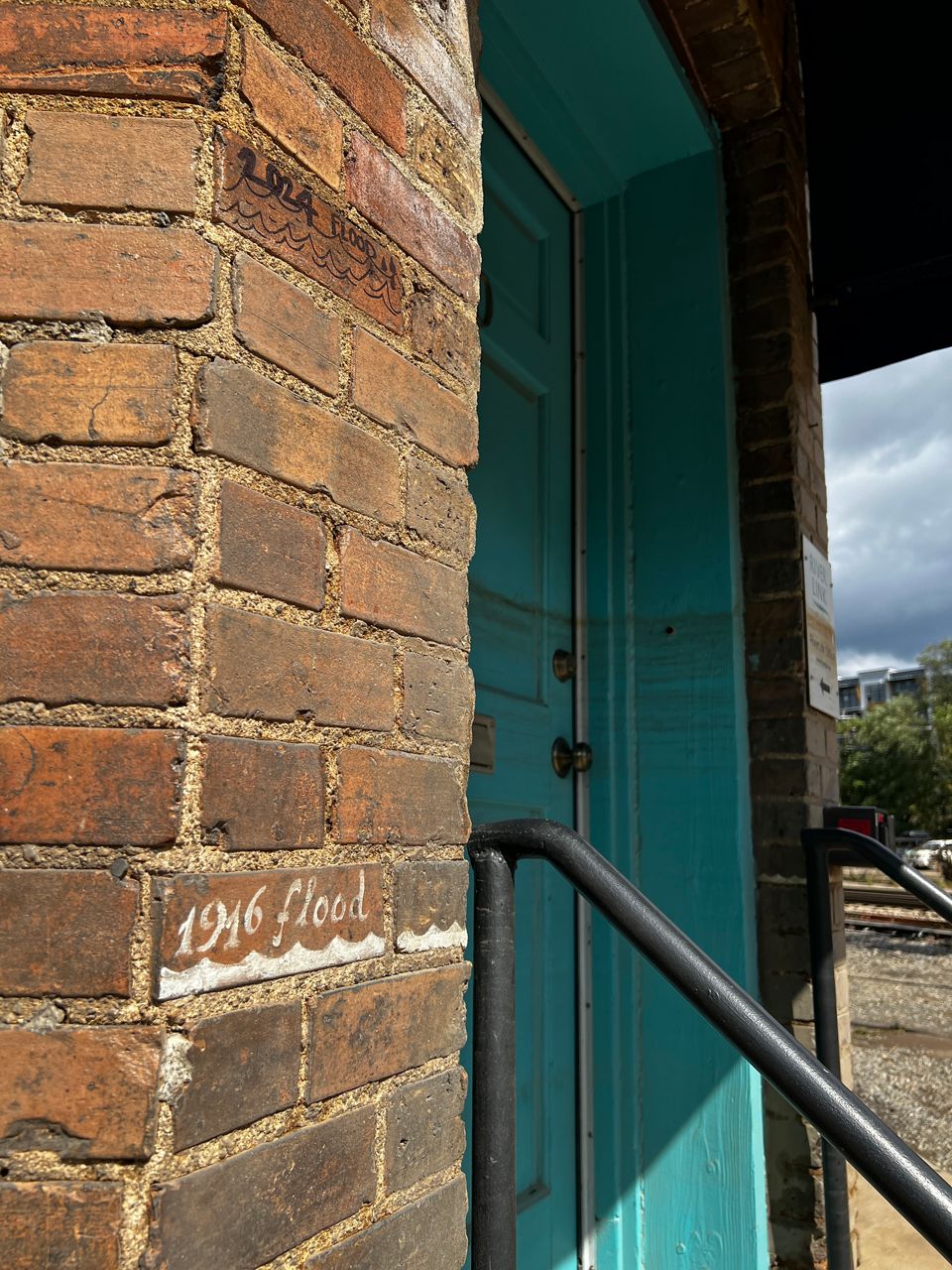
FEMA, the Red Cross, local leaders and others are working together to continue rescues and bring in needed supplies. Cooper said dozens of states are helping North Carolina.
“This water is fierce. … The danger is not over. The sun’s out, but there’s going to be more flooding that’s going to occur,” Cooper said Saturday evening.
Cooper earlier on Saturday asked the federal government for a major disaster declaration for western North Carolina.
“Helene brought pain and destruction to our state, and we’re working to get help to people quickly,” Cooper said. “As waters recede and winds die down, families and communities will need assistance to clean up and recover and this request can help speed up the process.”
Charlotte-Mecklenburg County Emergency Management officials on Sunday lifted evacuation orders for areas near Mountain Island Lake as the water level began to recede.
In western North Carolina, the French Broad River crested at more than 24 feet after Friday's rains, with floodwater covering homes and businesses along the river. The Swannanoa River at Biltmore Village crested at almost 23 feet, with water covering buildings and cutting off the area from the rest of the city. Video from residents showed creeks swell into raging rivers, lifting homes from their foundations, and washing them down with floods.
Buncombe County officials said people did die in the floods there but would not say how many. It could take days before the true toll of the flooding in the mountains is known.
Interstate 40 remained impassable Sunday after downed trees, mudslides and landslides closed the highway and hundreds of smaller roads. Part of Interstate 26 was reopened Sunday leading out of Asheville, but authorities asked motorists to remain off the roads.
Hundreds of thousands of homes and businesses remain without power in the region. The city of Asheville and many other communities are under boil water advisories.
Asheville, Hendersonville and other communities have enacted nighttime curfews.
Cellphone service for large swaths of the mountains is cut off.
"We do not have an estimate for power restoration or cell tower restoration, but please only call 911 for emergencies,” said Buncombe County Manager Avril Pinder. Most traffic lights are also out in the county.
"Please be patient, it is coming,” Pinder said.
Cooper said he is working with cellphone providers and the N.C. Department of Transportation to get cellphone service restored to mountain areas. He said some service had already been restored when speaking with Spectrum News 1 Saturday evening.
Officials urged people to stay away from floodwaters. The EMS director compared the flooded rivers to "toxic spillways" with hazardous material flowing through the water.
"Today's flooding from #Helene is worse than the Great Flood of 1916, the flood of record in Western North Carolina," North Carolina State Climatologist Kathie Dello said on X.
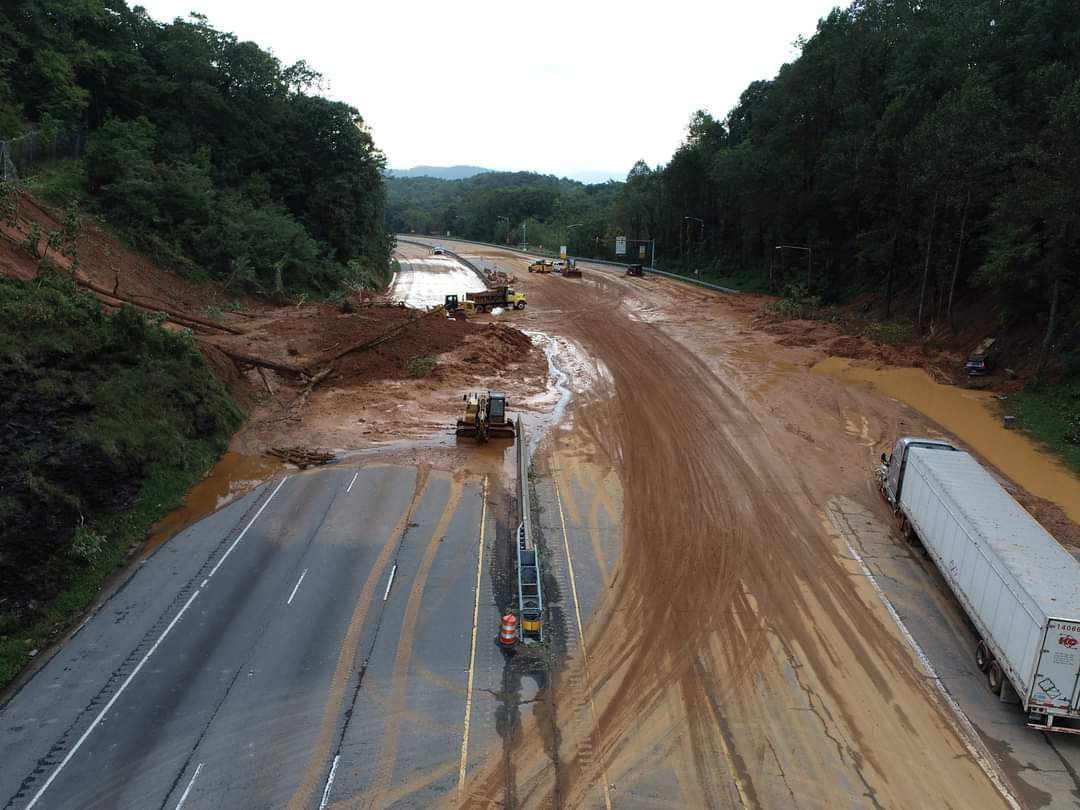
"Please, keep the good people of Western North Carolina in your thoughts. They will be recovering from this generational storm for a long time," she said.
Christian disaster relief organization The Samaritan’s Purse also has people and resources on the ground. The group is also based in North Carolina’s hard-hit mountains and has offices in Boone.
Jason Kimak, senior director of North American Ministries for Samaritan’s Purse, said while he and others are responding to the disaster, they are also struggling with impacts from the storm themselves.
“But this what we do. We respond to help others in need,” Kimack said.
He said the organization is also helping neighboring states and Florida with disaster relief.





